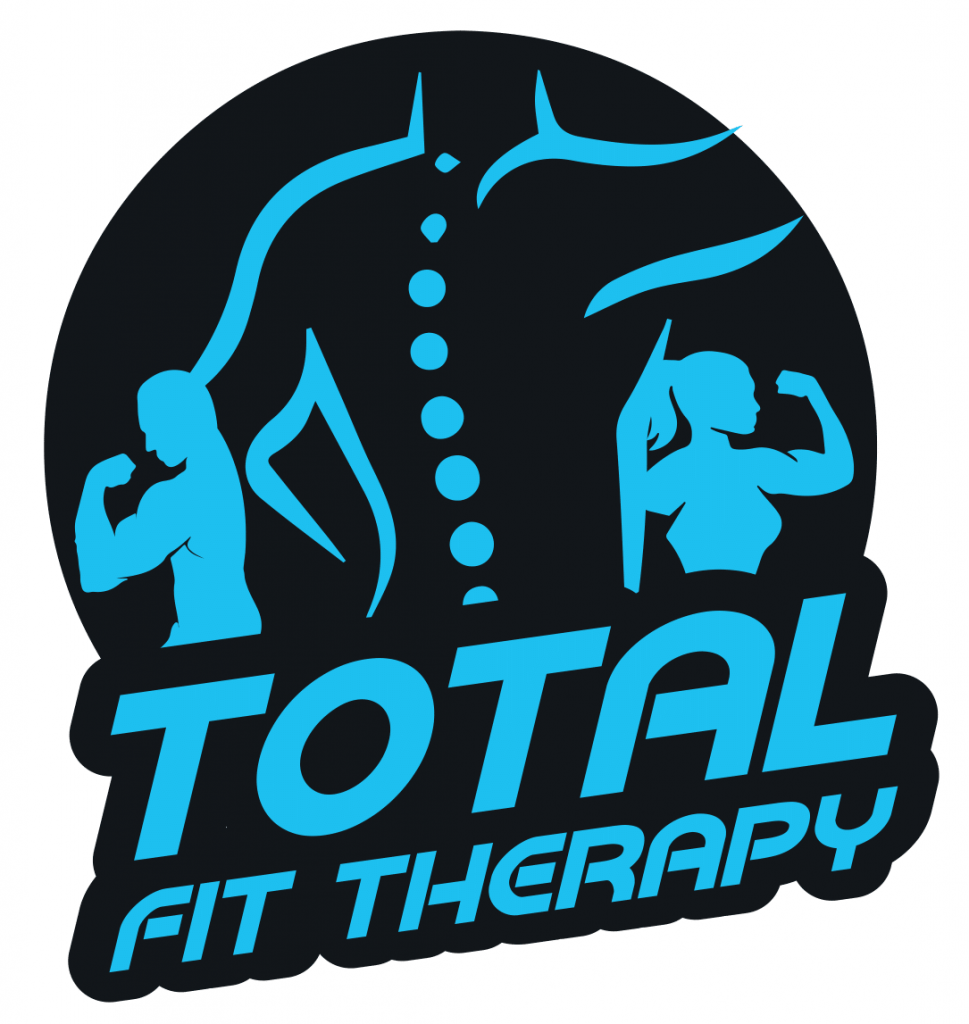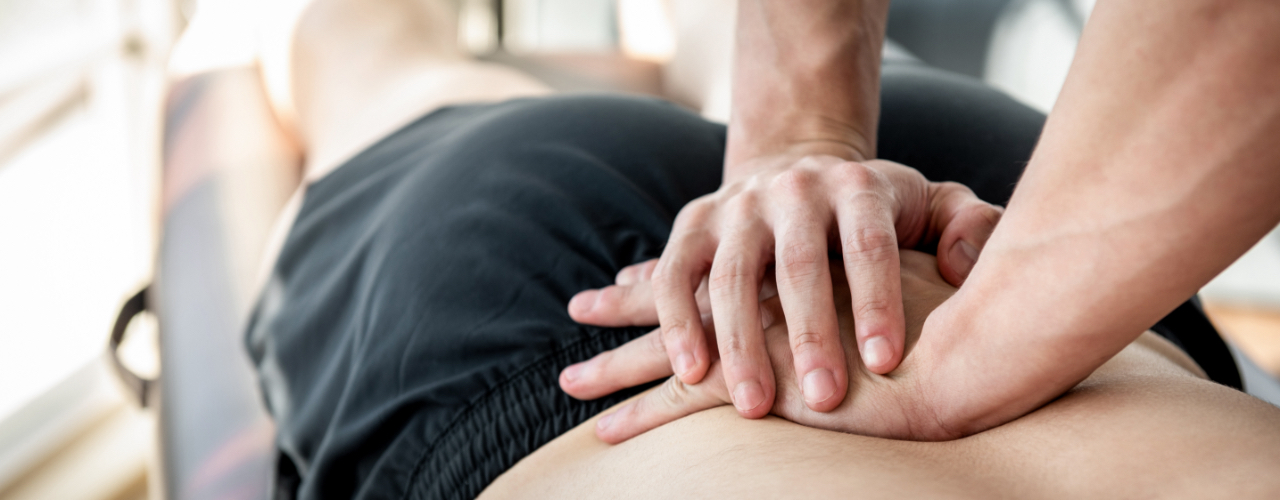How to Stop Your Ankles From Rolling Over
A sprained ankle can affect anyone at any age. Often, it’s simply a matter of landing on an uneven surface which causes your foot to roll in or out, thereby having some temporary pain, but sometimes the injury can be more substantial, and the pain can last longer. The fact that our ankles are used in almost all our daily activities, causing an inconvenience in our daily life. Properly caring for a sprained ankle can help reduce pain, recovery time, and the chance of further complications down the line.
Two Types of Sprains
It is important to identify which of the two types of sprains you have sustained. An inversion sprain is where you twist your foot in such a way that you land on the baby toe. This usually leads to pain in the outside part of the foot, as well as to the lateral ankle ligaments. 90% of ankle sprains are inverted.
The other type of sprain is known as an eversion sprain, which is when the foot lands in such a way that all your weight is placed on the inner side of the foot, which can damage up to three separate ligaments. Eversion sprains are far less common than inversion sprains, and only comprise of about 10% of total ankle sprains.
Degrees Of Injury
Sprained ankles can be classified as either grade one, two, or three. The grade is decided by looking at how many ligaments have been injured in the sprain. Grade one is the least serious degree of injury and is the easiest to care for. A patient should approach a grade one sprain with the R.I.C.E. guidelines. This stands for Rest, Ice, Compression, and Elevation.
- Rest: As you would expect, the first step in treating a sprained ankle is to let it rest. Take the weight off it, try not to move it too much, and consider crutches if the pain is bad enough. Don’t try to just “suck up” the pain and resume your normal activities, as this will only make things worse.
- Ice: The second step is to use ice or a cold pack on the affected area. Put some ice in a kitchen towel and place it on the foot for about 20 minutes. Do not place the ice directly onto your skin, and do not exceed 20 minutes at a time. This will help reduce swelling.
- Compression: The third step is to compress the area. Using something like an ankle brace can help with swelling, pain, and recovery time by both constricting movement and offering support to the injured area. Compression is not always necessary in treating a grade one sprained ankle, but it will make recovery easier and faster.
- Elevation: The final step of the R.I.C.E. guidelines is to elevate the foot, preferably to above-heart level. The best way to do this is by lying down on a couch or bed with the foot resting on the armrest or footboard.
If you have a grade two sprain, the care routine will be the same as it would be for a grade one, although it will take more time. Compression is a much more important factor in a grade two sprain than it is in a grade one, and your doctor may immobilise the area in some way to ensure that the process goes as quickly and as smoothly as possible.
Grade 3 is the most serious type of ankle sprain and means you could face permanent ankle problems if the injury is not properly treated. If you do have a grade 3 ankle sprain, a cast may be applied in the early stages and surgery is also a possibility, depending on the extent of the damage, and how physically active you are. Surgery may be necessary for some, while a slower but less-invasive recovery may be better suited to other people as ankle sprains can vary so widely on a case-by-case basis.
How to prevent a Sprained ankle
If you have suffered with this type of injury before or want to prevent it from occurring, then here are some things you should be doing to make sure your ankle in strong.
- Make sure that within the activity you are doing you are wearing the correct footwear. Different surfaces require different types of shoes. If you’re playing football wear football boots, if you’re going on a hike wear mountain shoe, something that will support your ankle on the type of surfaces you’ll be going on.
- Make sure you are doing regularly stretching your ankle especially as an athlete pre and post activity.
- Make sure you work on strengthening your core, hips legs and foot strength, so your ability to have a stronger ankle is also determined by your leg and core strength. If you have good strength in these areas, you will produce better alignment for when you are walking or running.
- Improve your balance, this is a big factor because if you lack good balance this means if there a quick sudden change to your rhyme caused by change of direction or someone pushing you during contact sport, you’re a very likely to sustain an ankle sprain. By improving your balance regardless of the change of pace of direction or colliding with an opponent you should be strong enough to remain in good position to perform well without sustaining an injury.
How to reduce ankle inflammation
- Make sure you rest. You need to make sure you try your best to stay off your feet and wait for the swelling to go down.
- Ice, apply ice to the injured area and keep it there for a period between 10-20 minutes.
- Compression, make sure you wrap the injured area but not too tight that it stops blood circulation going into the area best way to test this is if you pinch you toenail and if you don’t see any sign of blood going back into the area then it’s too tight.
- Elevation, make sure to raise your leg above your heart as much as possible. Typically, the easiest way to this is to just apply two pillows below your foot. The importance of doing this it is forcing the fluid to move away from your leg, theorem accelerating the healing process.
Ankle exercises for a faster recovery
- Foot shortening, now this is a simple exercise to perform. All you must do is place your foot on the floor and you’re going to imagine there is like a towel or little ball in your arch and you’re going to try and crunch it with your foot. Effectively shortening the foot as far as your range will allow with no pain. Perform the exercise for 3 sets of 12 reptations.
- Drawing the alphabet with your feet. While doing this make sure your heel stays firmly on the ground as you try to compete the alphabet. Take your time while doing this again the point is to get the ankle joint moving so try to not overdo it, so it becomes painful. Once you have completed all the letters repeat it again.
- Dorsi flexion and Planter flexion. This is when you have your injured foot in front of you and your basically point your toes towards the sealing and then towards the ground. Make sure to stay in your active range of motion. Perform each movement 12 times and repeat this for 3 sets.
- Eversion and inversion of the ankle. This is essentially moving your feet side to side again perform within active range of motion take your time preform 12 sets per movement for 3 sets.
- Heel raises. For this exercise you will need to either use a railing or chair something you can hold onto for support and simply raise your heals off the floor and back down. Once you’re on your heels make sure to hold this position for 1-2 seconds and bring it back down. If it’s too easy then perform it for 3-5 seconds. 3 sets 12 repetitions.
- Dorsi flexion and Planter flexion with resistance band. For this exercise its same as before just progressed to make it more challenging. Sit on a chair place you heal on the floor and then rap the band around your toes/middle of the foot and pull the band towards you and push down. Make sure to hold each reptations for 3-5 seconds and do this for 10 reptations for 3 sets. Then for the dorsi flexion attach band around a pole or a sturdy area that is firmly rooted and won’t move, then place the band on top of your toes/mid foot and bring your toes up towards you against the resistance.
- Eversion and Inversion with resistance band. Like stated before you will be moving your foot side to side this time with a band meaning you’ll have to do one side first as on set then switch over. You can use your foot to keep on end of the band firm or warp the band around something firm. Sit on your chair and perform the movement make sure to hold each rep for 3-5 seconds for 3 sets of 12 repetitions.
- Balance on one leg. Hold this for 3 seconds and perform this 3 times. Once this becomes too easy. Then close your eyes and do the same thing. 3 sets of 30 seconds with your eyes closed and try to eventually work up towards the 60 seconds’ mark.
- Wobble board. This is a very advanced exercise and should only be used towards the end of rehab very good exercise to strengthen the all the muscles around the ankle joint. When your first use this make sure you hold against something like a chair, a door, railing for support. First move feet forwards and back. Then side to side and do both movements for 30 seconds each for a total of 3 sets. Once you begin to get comfortable with this and. Your ankle joint gets stronger begin to do circles again 30 seconds for total of 3 sets. Finally, to further progress this exercise don’t have any support and do all the above.
Still need to get in touch? Click here to book a free consultation.

